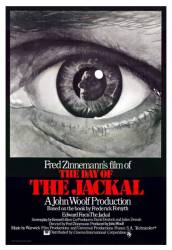
Other mistake: Interior Minister Roger Frey advises Commissioner Lebel that all members of the police, military and other security forces attending the ceremonies on the day the Jackal is expected to strike will be issued with lapel badges at the last moment, in case he is going to try to masquerade as one of them. We see hundreds of such people in the next part of the film, including Lebel himself and the CRS private who allows the heavily disguised Jackal through the barricades around the site of the ceremony DeGaulle is due to attend. Only the CRS private wears a lapel badge. Not one of the other police or military officers in attendance is wearing a lapel badge of any kind. (01:58:15)
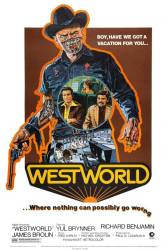
Plot hole: There is a barely credible explanation for the fact that a guest cannot be injured or killed by being shot in Westworld, but what about the vicious fistfight we see in the bar? People are injured or killed in bar brawls all the time, and this one was incredibly violent. How do they prevent guests from being injured or killed by the cutting and stabbing weapons we see in Medieval and Roman World? Guests are supposed to fight each other, not just robots - they cannot be 'programmed' to lose! Delos is going be sued into bankruptcy within a week of the first guest arriving. Quite apart from the legal position, think about the bad publicity! Who is going to pay the huge fees demanded by the parks owners when the media is constantly reporting on the guests who wound up dead or with life changing injuries?
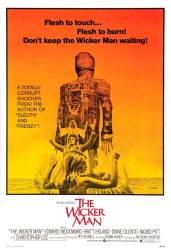
Other mistake: During his conversation with the landlord of the pub he ends up staying in, Sergeant Howie makes it clear that he did not intend to stay on Summerisle overnight, that he had been delayed and so needed accommodation. Makes you wonder why he packed his pyjamas. He's wearing them when Britt Ecklund does her famous naked song and dance routine, and they are not new so we know he didn't buy them that day. When he arrived he didn't even think he'd be on Summerisle for more than a few hours - we don't see him with so much as an overnight bag.

Revealing mistake: You can see wires in the scene where Regan levitates above her bed in the exorcism scene, lifting her up. The way they pull on her dress is also visible.
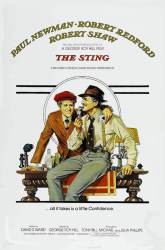
Factual error: When Hooker comes out of the diner there is a billboard advertisement to the right. It is for Ezra Brooks bourbon. Ezra Brooks brand wasn't created until 1957.
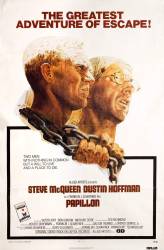
Visible crew/equipment: In the last scene where the main character escapes, he jumps into the bay and is supported by a sack which he is carrying. Actually you can clearly see that he is supported from underneath by a diver.
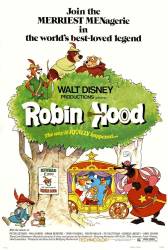
Continuity mistake: During the archery constest, in one scene Prince John has a ring on his right paw with no jewel, then all of a sudden the jewel appears. a few scenes later he has three rings on that paw, and later he has no rings at all.
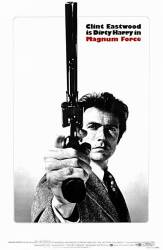
Visible crew/equipment: After Callahan removes the bomb from his mailbox, he looks up at a man on the nearby stairs. As a car drives by on the street, the lights from it cast the shadow of the boom operator onto the wall.
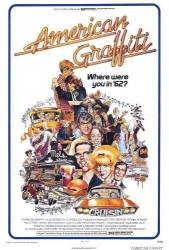
Continuity mistake: When Falfa's Chevy flips over, we can see that it has no fuel tank at all in it. However, in the next shot the car now has a visible fuel tank, and it explodes.
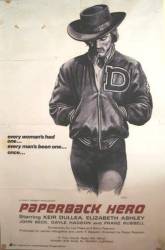
Continuity mistake: In the first scene where the truck drives along the road, if you look in the top right hand corner you can see the shadow of the helicopter that was filming the shot.
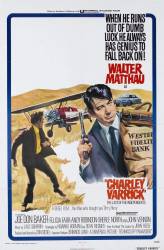
Plot hole: Swapping his dental X-ray records with his deceased partner won't convince anyone that Varrick is dead - then (as now) the patient's name appears on the X-ray.
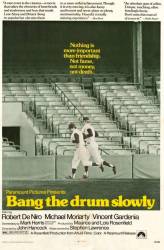
Continuity mistake: In some of the locker room scenes, the overhead boom microphone is visible, and clearly shaking.
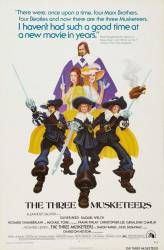
Continuity mistake: At one point D'Artagnan reaches the Duke of Buckingham, who is on a hunt. He has just killed a stag and his hands are covered in blood. D'Artagnan rides up and offers him a note from Queen Anne. He wipes his palms with a cloth before he takes the note, but his hands are still covered with blood up to and above the wrists. When he reads the note, he and D'Artagnan take off on foot for his castle where they go into a private room behind the walls. Suddenly it is apparent that his hands are perfectly clean right down to his scrubbed fingernails and, without explanation, the plot-heavy sequence continues.
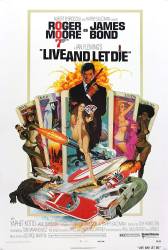
Continuity mistake: When the guy with the snake is shot, Baron Samedi reappears and you can distinctly see the bloke holding the snake again.
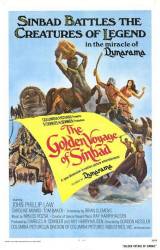
Continuity mistake: The swords of the animated statue of Kali are different from the swords used in the close-up fight scenes.
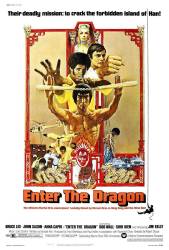
Other mistake: In the intense outdoor battle scene at the end, when Bruce kicks a guy in the face three times in a row, one of the extras in the background cracks up laughing.
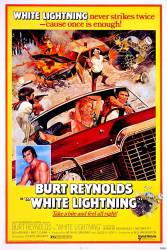
Continuity mistake: Close-up interior shots show that Gator's brown Ford has a Hurst floor-shifter and manual transmission. But when he arrives at his parent's home, he very obviously puts the column-mounted automatic shifter into 'Park'. (00:17:10)
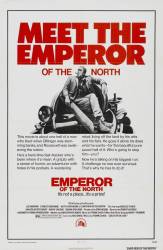
Factual error: On the night of 19 October 1933 the railroad workers begin betting whether A-One will make it to Portland on the 19. A quick closeup of the money changing hands reveals the $1's to have the Great Seal reverse (introduced in 1935) plus the motto IN GOD WE TRUST (introduced in 1957). Also, the green-seal Federal Reserve Notes and the red-seal United States $2 notes are of the types first introduced in 1934.
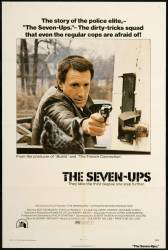
Revealing mistake: When the Grand Ville turns onto the street where the children are playing, it clips a parked car as it makes the turn. This is the same car that later gets its driver's door ripped off by the Grand Ville just before the police give chase. It was repainted red for the second scene, but note the same dent in the right fender as before.
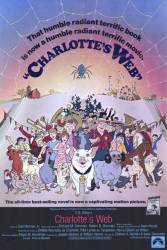
Continuity mistake: When Wilbur is meeting Charlotte's three daughters in the barn entrance, the medal that the farmer hung there keeps appearing and disappearing between shots, though the duration of the scene.

Suggested correction: The explanation given in the TV show would seem to easily apply to the original film as well: guests can be injured, but not to the point that it would leave a lasting mark. The park has access to futuristic medical techniques, so they can heal most non-life-threatening injuries easily. Also the guests almost certainly sign waivers, so in the event of serious injury the park isn't liable.
Suggested correction: It's easy to nitpick the factual details of "Westworld," the screenplay of which was written on-the-fly on a fairly limited budget, even by early 1970s' standards. Author Michael Crichton (who also wrote "The Andromeda Strain," "The Terminal Man," "Congo," "Sphere," "Jurassic Park" and several other technological thrillers) himself acknowledged that Westworld was more a visual story (like a comic book) than a cerebral piece of science fiction, and he learned on this movie that suspension of disbelief outweighed technical or even factual details, if he wanted to expedite the story in an hour-and-a-half. Crichton said he was having more fun and devoting more time to shooting the film than actually writing it, comparing the experience to playing cowboys and indians as a child. So, yes, Westworld is not much more than an adult fantasy with a number of plot holes that we are supposed to gleefully overlook, rather than analyze.
Charles Austin Miller
Except for blatant continuity mistakes you just invalidated every single entry on this site.
Suggested correction: Westworld ensure that any interactions with the robots are entirely safe for the patrons of the park. They cannot prevent humans fighting amongst themselves, just as Disneyland can't prevent people fighting there. People are also injured or die all the time in horse-riding accidents, but that won't lead to people suing Westworld. Due to the nature of the park, all the guests likely sign a waiver stating that any injuries are not the fault of the park.
Utter rubbish. Guests who were completely innocent bystanders could be killed or injured by the actions of other guests, notably in the bar brawl or by the explosion used in the jailbreak. We see one guest smash a barstool against the back of another guest - not a robot - which could easily have broken his spine. There is no question whatever that the owners and managers of the park would be held liable in this and many other cases, just as amusement park owners and managers nowadays are held liable when roller coasters or other rides go awry, injuring or killing guests.
The most plausible explanation would be a waiver that visitors to the park have to sign. The waiver would explain that while the robots cannot harm humans, other humans can, and the park is not held responsible. In the event of death or serious injury, the guest who caused it would face criminal charges and possibly a civil lawsuit. But a waiver would protect the park. Also, the rules of the park may be similar to those in the HBO Westworld series, where the robots cannot cause a "permanent mark", meaning they can injure guests as long as the injury is repairable.